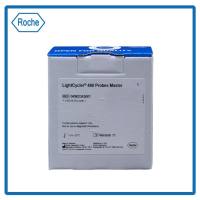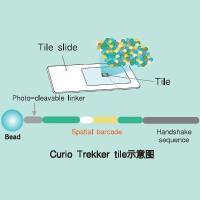Gene Mapping Using 3H-Labeled Heterologous Probes
互联网
555
In situ hybridization is a technique whereby a labeled DNA probe is hybridized directly to denaturated metaphase chromosomes fixed on a microscope slide. The cloned probe, labeled by a radioactive or fluorescent tag, hybridizes specifically to the single-stranded sequence(s) in the genome, and the location of the gene or sequence of interest on the chromosome is visualized by autoradiography or fluorography. Here we will discuss only radioactive in situ hybridization. The method has been used extensively in conjunction with Southern analysis of hybrid panels and linkage analysis to both confirm and construct physical maps of human and mouse chromosomes, using cloned human or mouse genes homologous to the target sequence. However, much comparative mapping may be accomplished without the necessity of cloning each gene. Thus it is possible to construct physical genetic maps for any mammalian species without the time-consuming process of cloning the homologous sequences.









